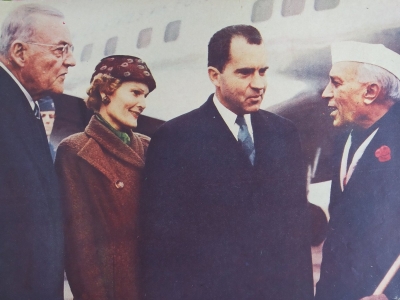
Nehru presented the first Five-year Plan to the Parliament on 9 July 1951. They were formulated by the Planning Commission of India.
The five-year plans were developed for the effective and balanced utilization of resources. They were centralized and integrated national economic programmes. The first plan was adopted against the back-drop of partition, severe food shortage and mounting inflation. It focused on agriculture and irrigation. The plan had a target of 2.1 per cent GDP growth but recorded a growth rate of 3.6 per cent.
The second five-year plan focused on the development of the public sector and rapid industrialization. Under this plan hydroelectric power projects and steel plants were set up in different parts of India. India had a total of 12 five-year plans, the last one being from 2012 to 2017.
In Nehru’s mixed economy, the government would manage strategic industries such as mining, electricity and heavy industries while serving public interests and keeping a check on private enterprises.
Nehru pursued land distribution and launched programmes to build irrigation canals, dams and spread the use of fertilizers to increase agricultural production. He initiated a series of community development programmes aimed at spreading diverse cottage industries and helping rural India. Nehru also launched India’s programmes to harness nuclear energy.
Picture Credit : Google




